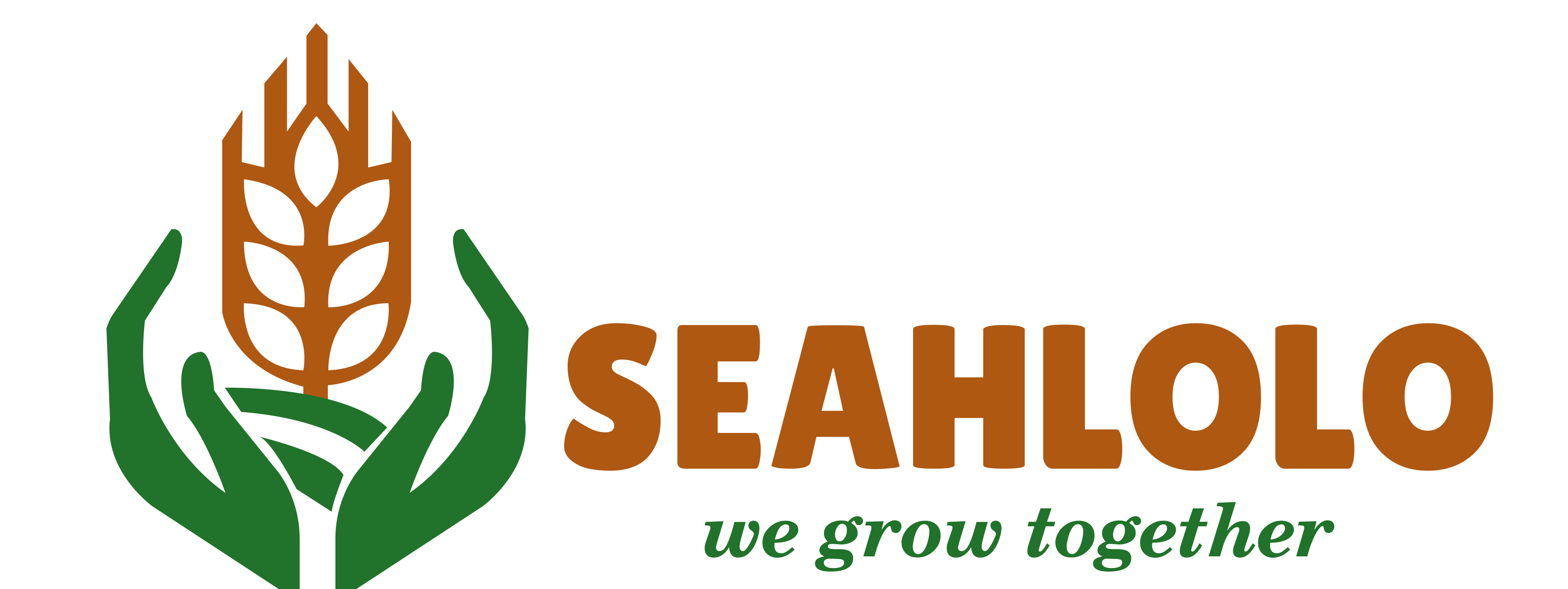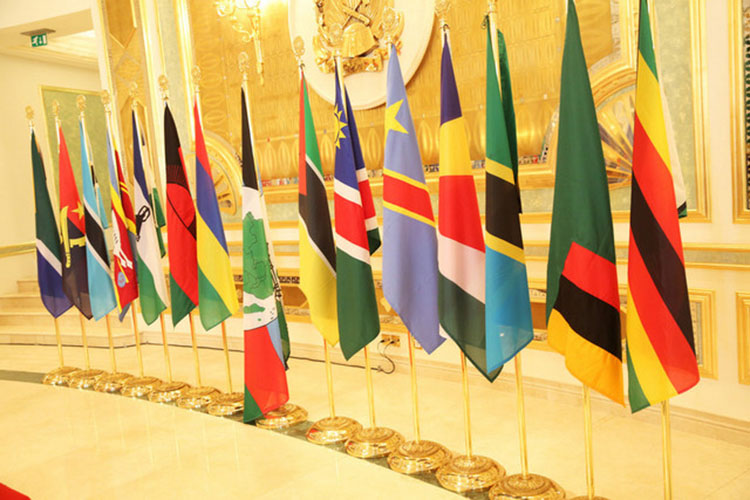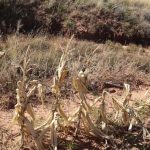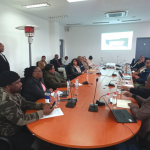![]()
…46.3 million people across SADC to face food insecurity
Just over a month after Lesotho was removed from the list of countries identified as food insecurity hotspots by global agencies, a new regional assessment has revealed a concerning and contradictory reality: hunger in Southern Africa is worsening, and Lesotho remains far from immune.
According to the latest SADC Regional Vulnerability Assessment and Analysis (RVAA) report, released in July 2025, 46.3 million people across seven countries — Botswana, the Democratic Republic of Congo, Eswatini, Lesotho, Madagascar, South Africa, and Tanzania are projected to face acute food insecurity in the 2025/26 consumption year.
For many Basotho, particularly in rural areas and peri-urban settlements, daily struggles to access affordable and nutritious food continue unabated.
The SADC report notes that while Lesotho, alongside Tanzania and Eswatini, experienced above-average rainfall during the 2024/25 agricultural season, the country remains highly vulnerable to climate and economic shocks that continue to push many households into food insecurity.
The report highlights a concerning uptick in food insecurity, particularly in the Democratic Republic of Congo, Mozambique and low-income urban areas, underscoring the compounded impact of the 2024 El Niño-induced drought, ongoing conflict, and high food prices.
At the same time, the region experienced normal to above-normal rainfall in many areas during the 2024/25 season, supporting a modest recovery in cereal production and grazing conditions, particularly in countries like Tanzania, Lesotho and Eswatini.
While Lesotho’s removal from the FAO-WFP Hunger Hotspots report in June 2025 was seen by some as a sign of progress, agriculture experts and grassroots farmers were cautious.
“You cannot remove hunger with a pen,” Seate Seate, a farmer from Thaba-Tseka told Seahlolo, “Yes, it rained, but how much of our maize made it to harvest? How many families have enough food stored? How much food did the country even produced?”
These concerns are echoed in the 2025 SADC RVAA Synthesis Report, which brings together findings from seven Member States that completed national assessments despite financial and logistical challenges.
For Lesotho, participating in these regional processes remains critical — not only for aligning with global response mechanisms but also for ensuring that local realities are reflected in planning and aid decisions.
According to the RVAA summary, “Timely and harmonised vulnerability assessments remain critical to inform early action, response planning, and policy development.”
The 2024 El Niño-induced drought left scars still visible in many parts of Lesotho. While some farmers reported modest recoveries in grazing lands and cereal output in 2025, livestock losses, soil erosion, and reduced seed availability continue to haunt the country’s smallholder farmers. For women-headed households, youth, and the elderly — often without formal employment or remittances — one good season is not enough to bounce back from years of compounding shocks.
Yet, Lesotho’s government and partners have been proactive. Through the Lesotho Vulnerability Assessment Committee (LVAC), national data continues to feed into regional systems, with technical support from the Food and Agriculture Organization of the United Nations (FAO), the World Food Programme (WFP), and FEWS NET. These tools help identify areas of urgent need and allow for early response planning, but data alone is not food on the table.
During the annual SADC forum held virtually in July, and again at the 29th Steering Committee meeting, stakeholders from across the region agreed that food insecurity is evolving and intensifying, and countries must move beyond reactive aid towards sustainable food systems.
In Lesotho, an agroeconomist who spoke with Seahlolo indicated that that meant rethinking dependency on South African food imports, expanding irrigation, and investing in nutrition-sensitive agriculture.
The SADC forum also emphasised that even as countries like Lesotho exit global emergency watchlists, they remain in a state of fragile recovery, susceptible to falling back into crisis without sustained interventions.
FAO, as a long-term partner to SADC and Lesotho, has pledged continued support, focusing on improving digital data collection, strengthening early warning systems, and aligning tools with international standards like the Integrated Food Security Phase Classification (IPC). FAO representatives reiterated that no regional food system can be resilient unless every country, even small and mountainous Lesotho, is equipped to anticipate and respond to crises.




